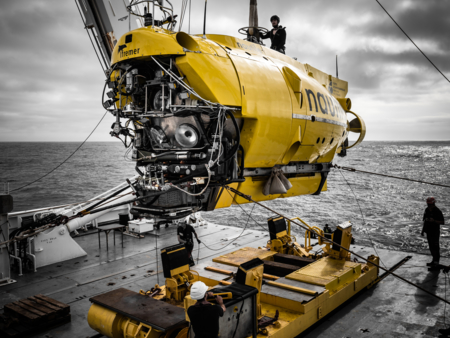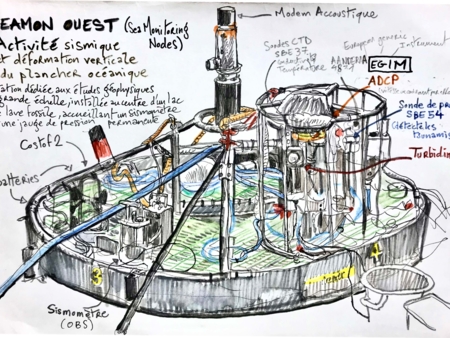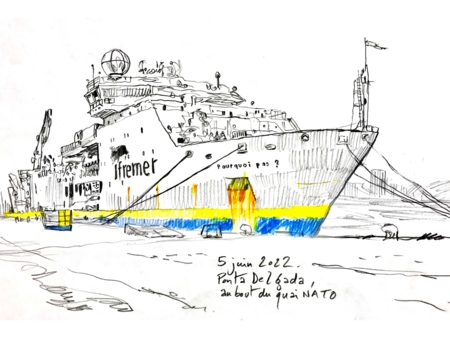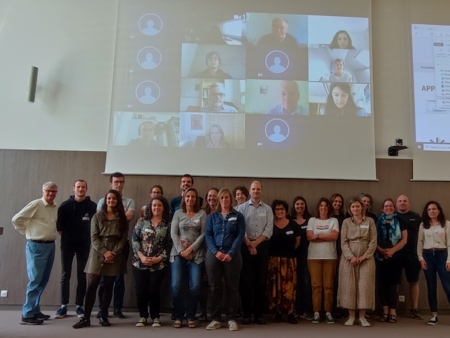Two months at sea – studying the impact of nodule mining and potential restauration
On the 31st of October 2022, an international group of scientists from the projects MiningImpact2 and DEEP REST will embark on the research vessel Sonne to spend 8 weeks on the high seas, right above the area in the Clarion Clipperton Zone (CCZ) where a nodule collector test was carried out 18 months before in ca. 4200 meters water depth. The main question “what are the impacts of nodule mining and can these be restored?” will keep the scientists and ship crew busy. Matthias Haeckel, chief-scientist and coordinator of MiningImpact2, has the mammoth task to coordinate all the scientific work. The main impacts exerted by the nodule collector test comprised habitat removal and modifications, the creation of sediment plumes smouldering the abyssal habitat within and near the trial sites, as well as chemical, light and noise pollution in the water column and at the seafloor. These impacts are expected to lead to major losses of organisms that live on and in the nodules and in the surrounding soft sediments. Further, the impacts could make the area unsuitable as habitat for numerous species for extended periods of time (many hundreds to thousands, or even millions of years). This is obvious for the nodule hard substratum that is removed which will only return on geological time scales (i.e. millions of years), but this is equally true for the soft sediments that are physically and biogeochemically altered.
In addition to environmental consequences of the collector test, DEEP REST participants will investigate and compare the biodiversity, functioning, and connectivity of biological communities within and across ecosystems in the CCZ, in relation to environmental conditions, and identify potential refuge areas and corridors (WP2). They will further evaluate the recovery potential and resilience of deep-sea communities after test-mining disturbance (WP3). Lastly, through experimentation, the effectiveness of different restoration actions on the recovery of deep-sea communities will be explored (WP4). To this end a paramount of cutting edge methods will be applied, ranging from the measurement of in situ oxygen consumption and microbial activities, the quantification of abundances and biomasses of all benthic size groups, and the study of biodiversity by flanking traditional approaches with more modern molecular methods to disclose environmental DNA and RNA.





